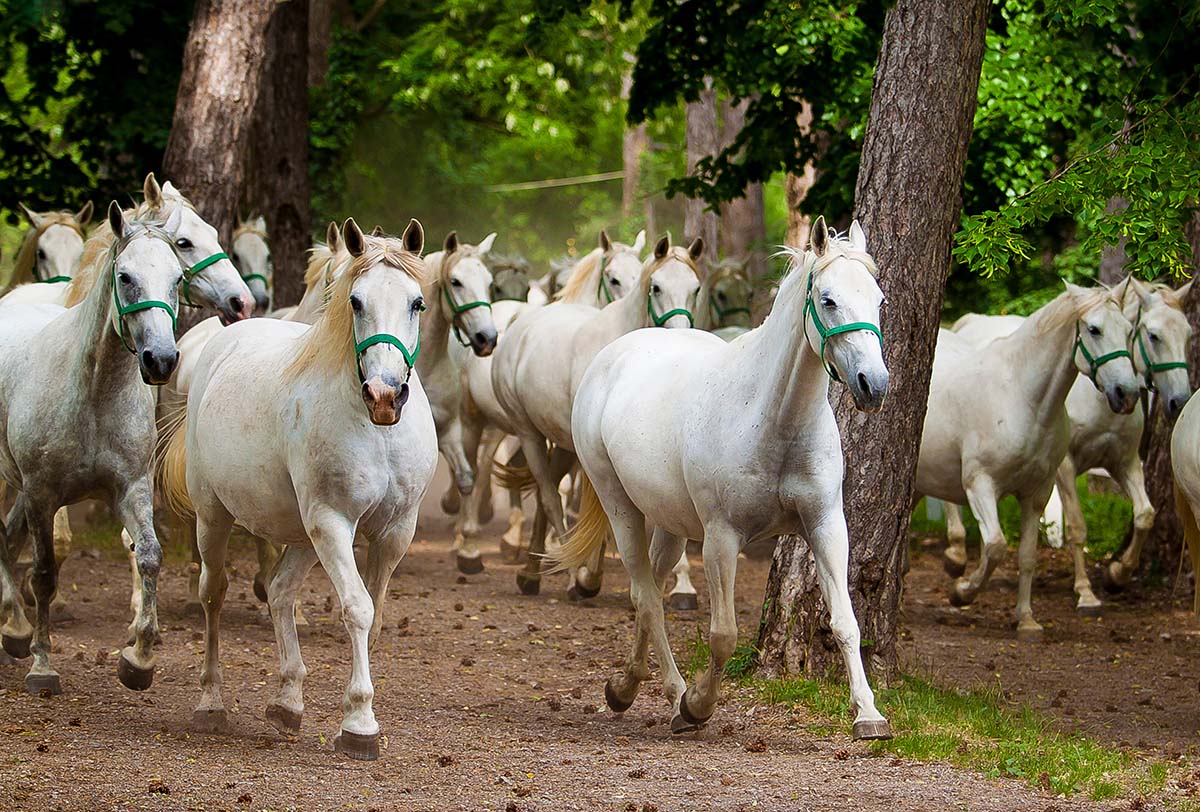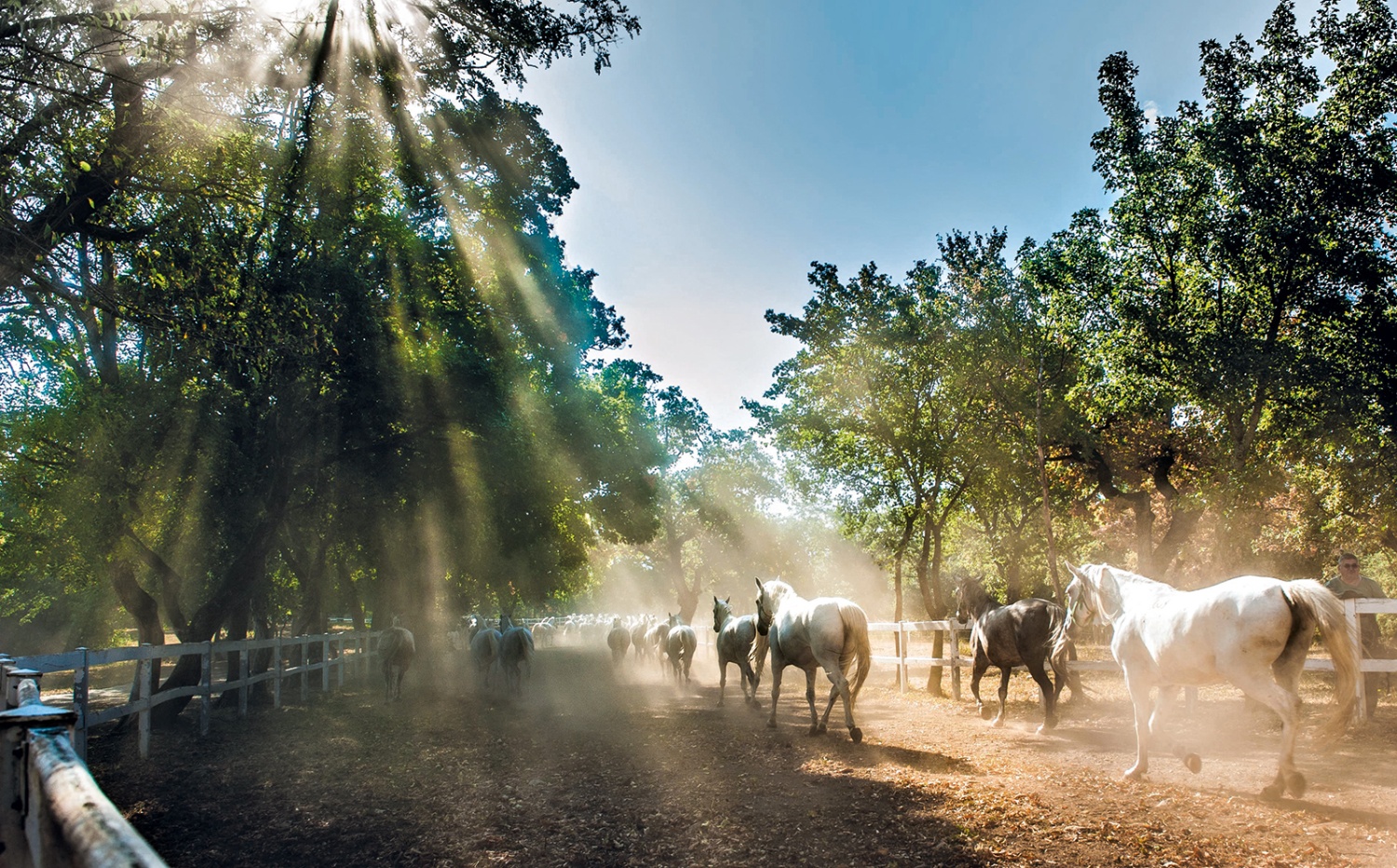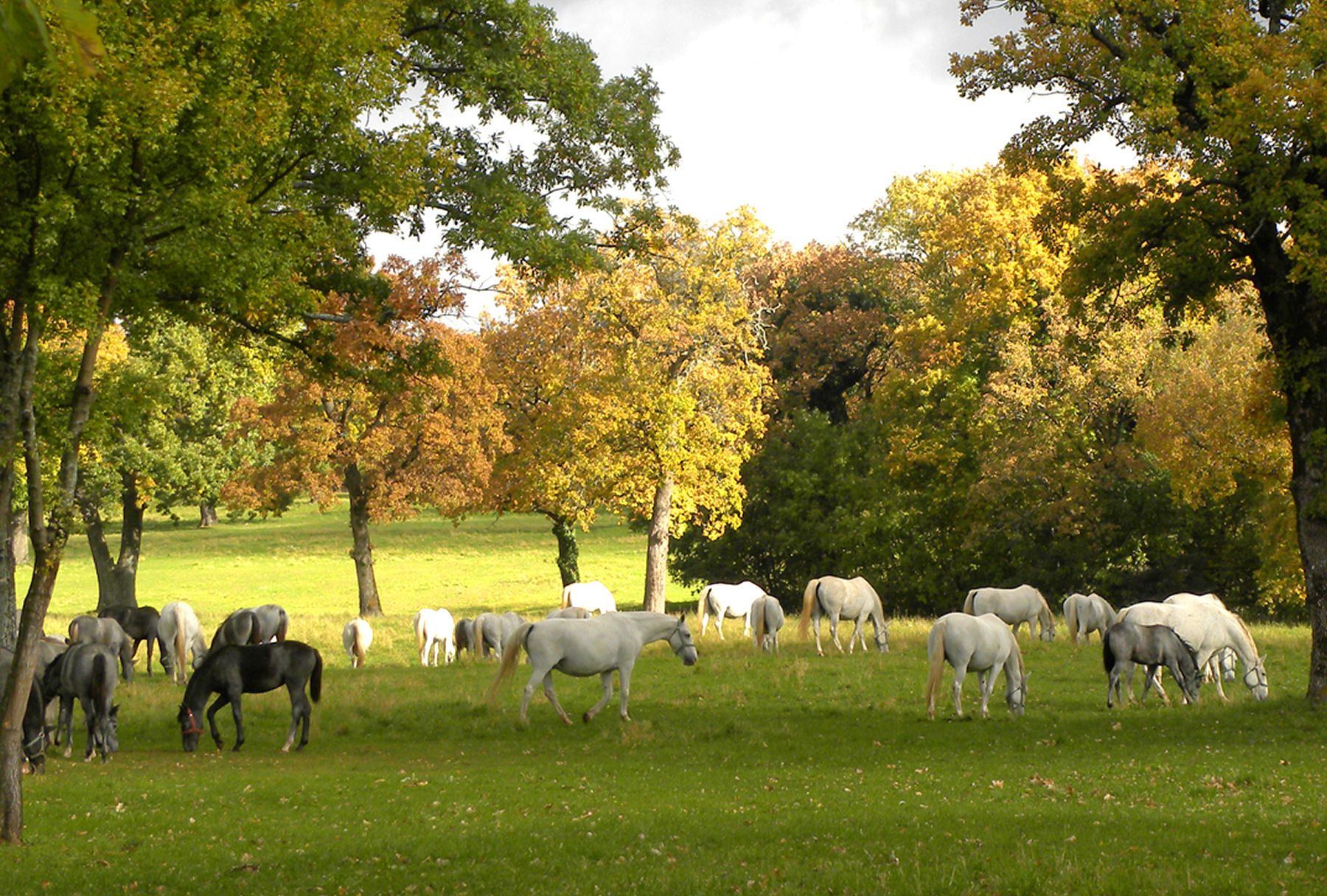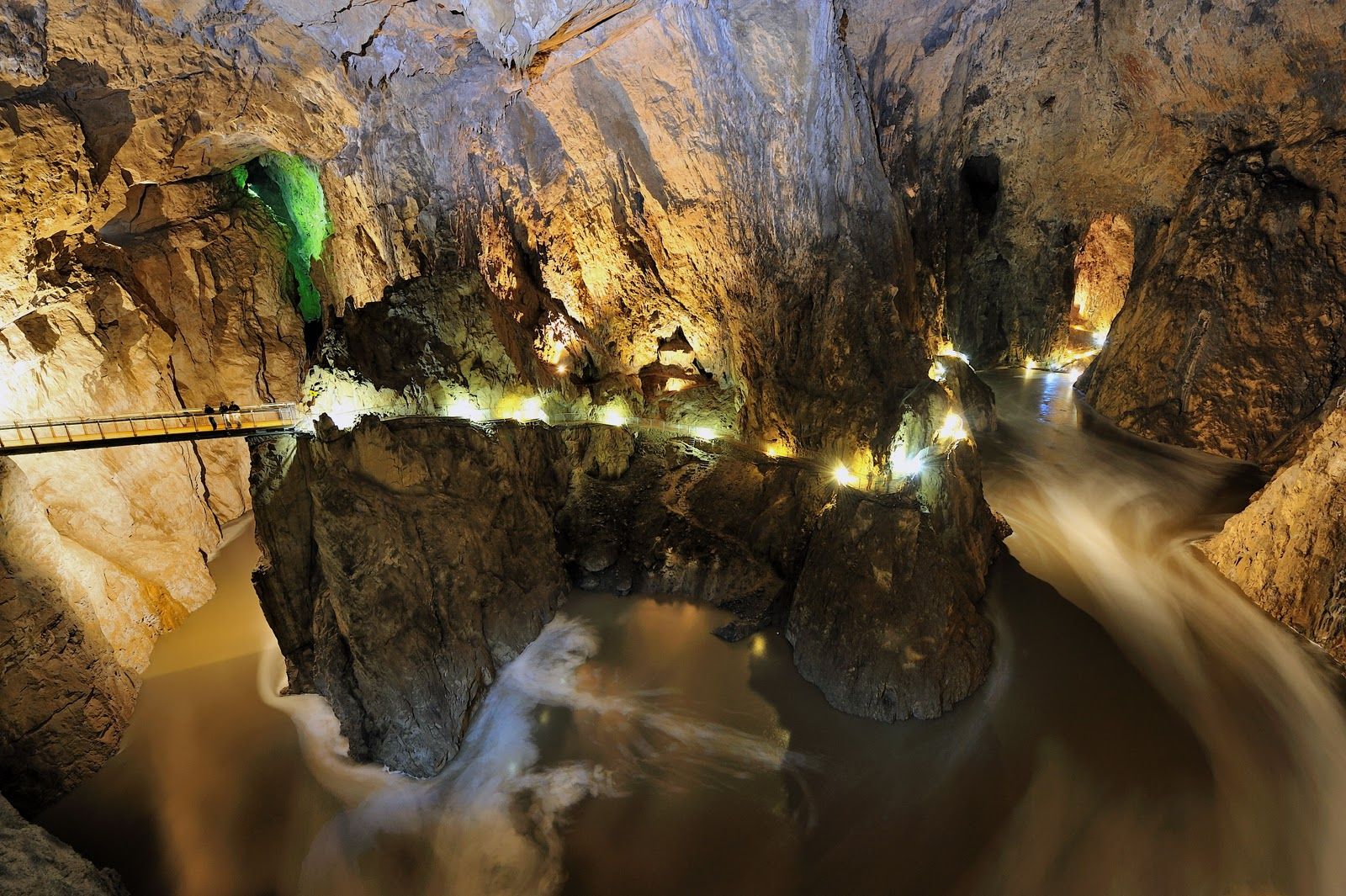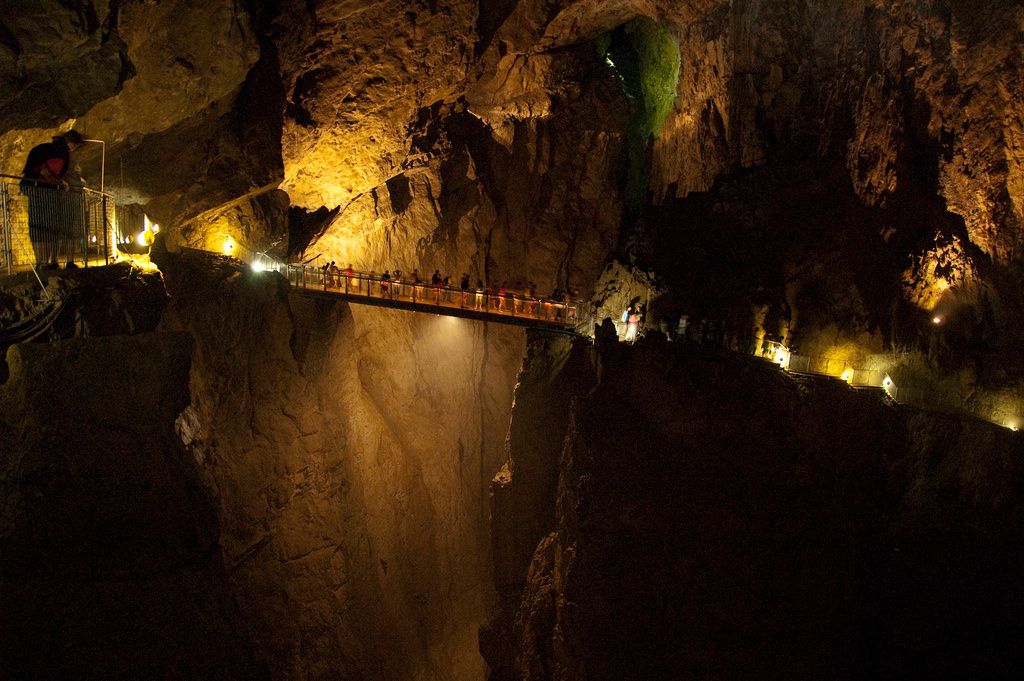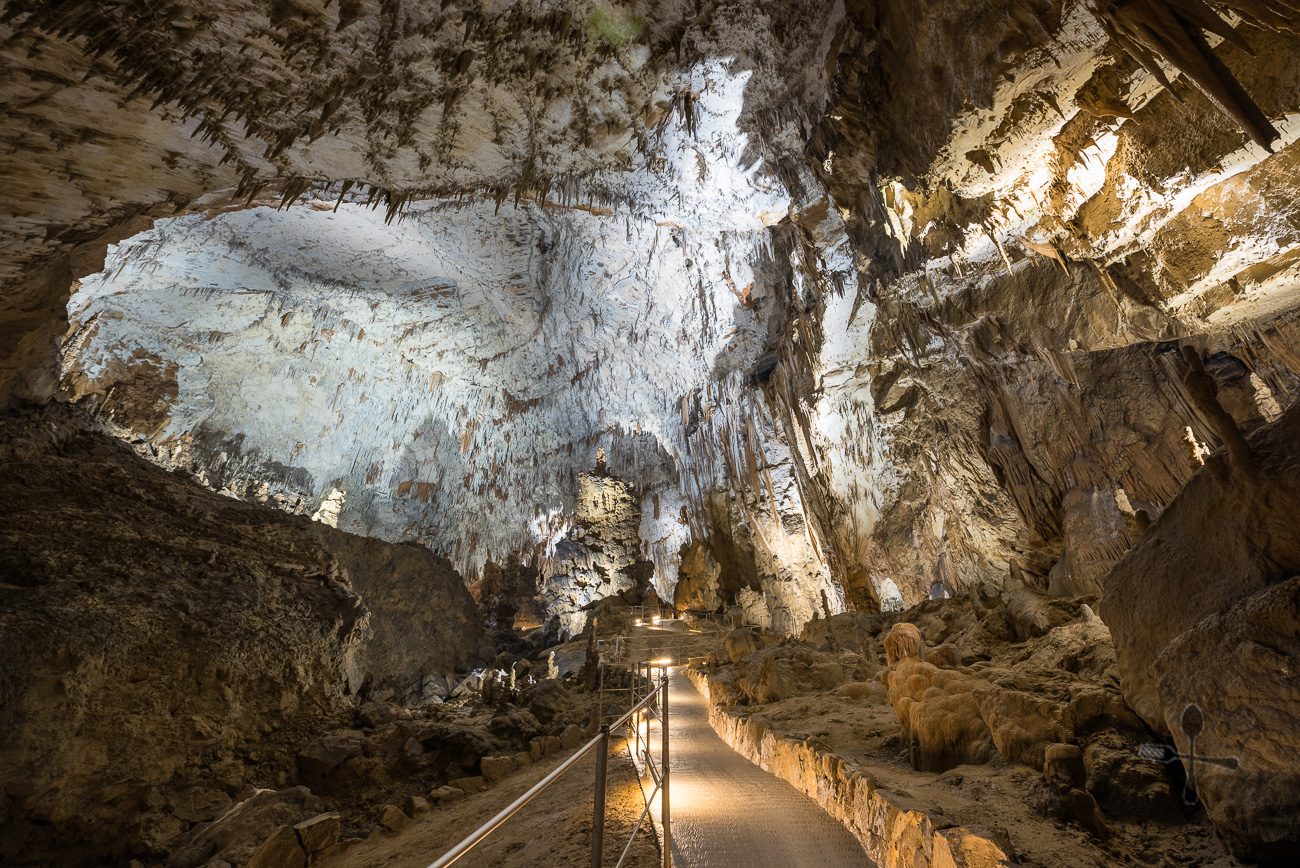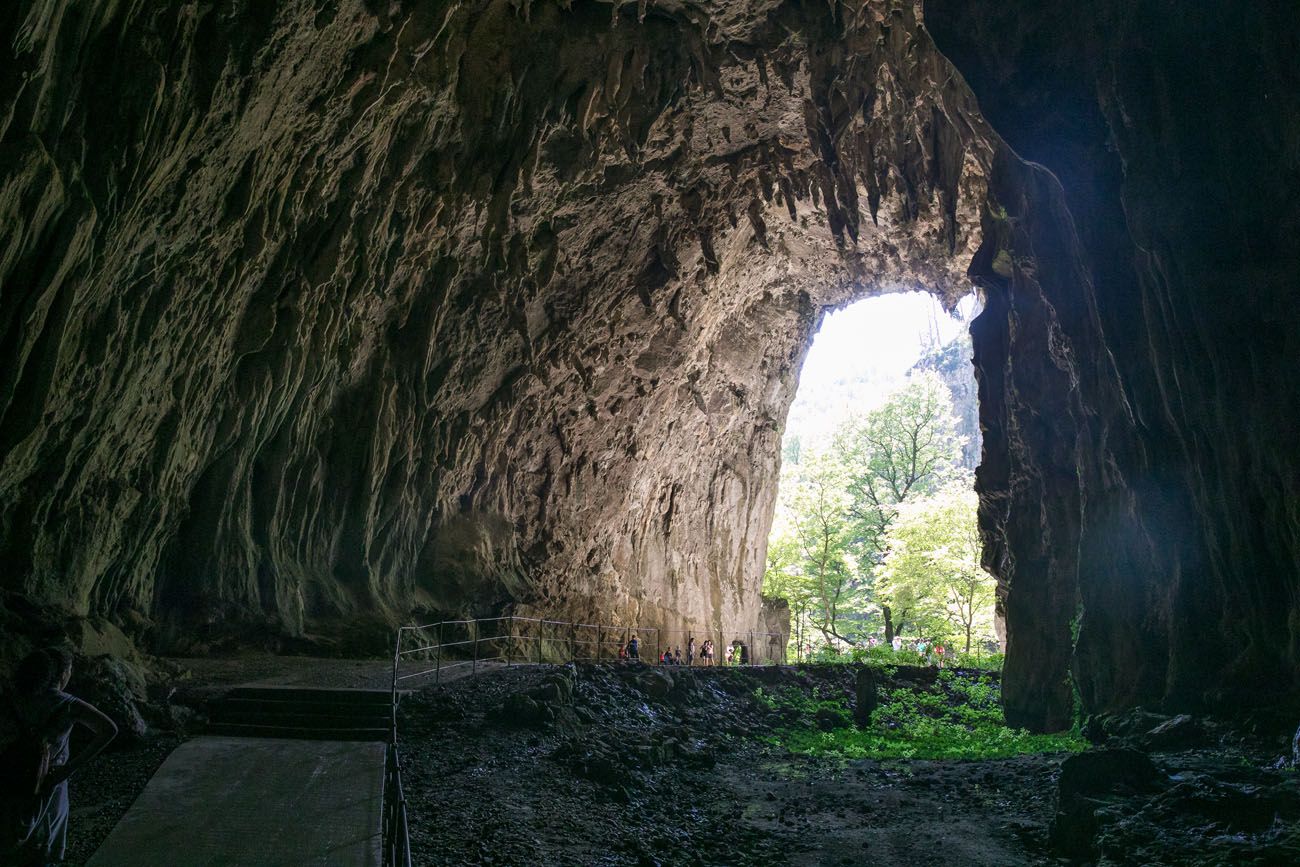Visit Lipica and Skocjan Caves on join-in tour from Koper
 Photo permit included
Photo permit included
 Tour by public transport
Tour by public transport
 Canal Boat tour included
Canal Boat tour included
 Train tickets included
Train tickets included
 Suitable for little children
Suitable for little children
 Wheelchair accessible tour
Wheelchair accessible tour
 Museum ticket included
Museum ticket included
 Light snack included
Light snack included
 Lunch included
Lunch included
 Transportation included
Transportation included
 Walking Tour
Walking Tour
Unlike other tours in Slovenia, this experience can be called one-of-a-kind tour. The secret is that during this adventure you are going to explore Slovenia natural attractions, which are really impressive. Thus, don't forget to take your camera to capture these moments. First, you will get to Lipica village to enjoy the views and to visit the local stud farm. Discover the history of the place and feel being close to nature. Also you will explore UNESCO-enlisted Skocjan Caves. Your friendly tour guide will help you to discover the history of the place.
What's included
- English-speaking guide
- Transportation
- Entrance fee (Skocjan Caves)
- Food and drinks
- Personal expenses
- Pick-up from Koper port
Highlights
Itinerary
09:00
You will be met at the port and guided you to your air-conditioned transportation.
Your tour begins in the village of Lipica which is one of the main tourist centres in the Karst region of Slovenia and is most well known for the Lipica Stud Farm. Lipica is the origin of the Lipizzan horse which was bred by the husband of Maria Theresa of Austria who had a great interest in horses. The horse is also associated with the Spanish Riding School in Vienna. Whilst in Lipica you can visit the Lipikum village and stroll around the stud farm and surrounding area by yourself. Your tour will then continue to the Skocjan Caves. The caves are a UNESCO World Heritage Site and are of great scientific importance throughout the world. The Reka River disappears within the cave system and it is this that you will follow on your tour. There are many caverns and other natural wonders to explore and the panoramic views when you get out of the caves will take your breath away.
